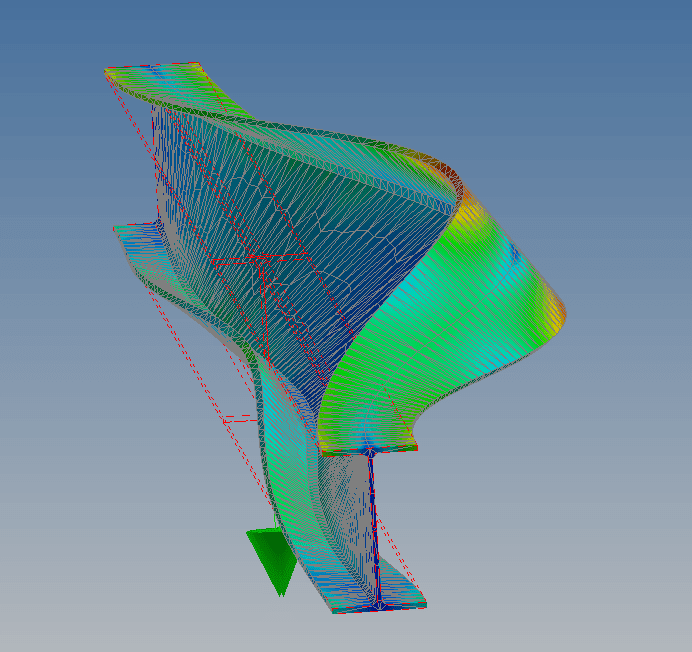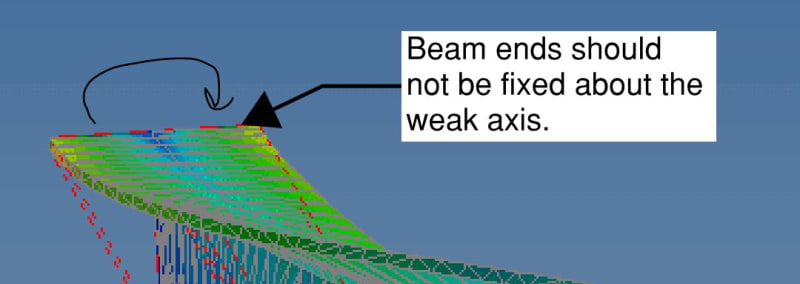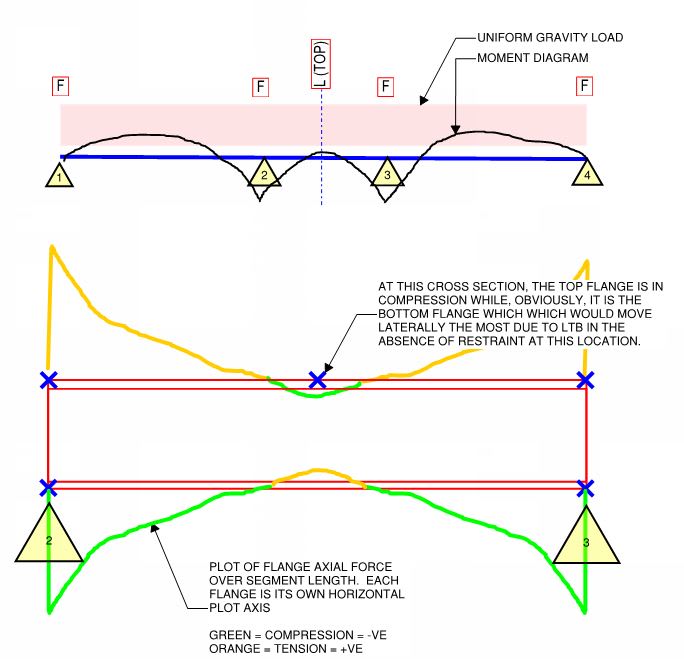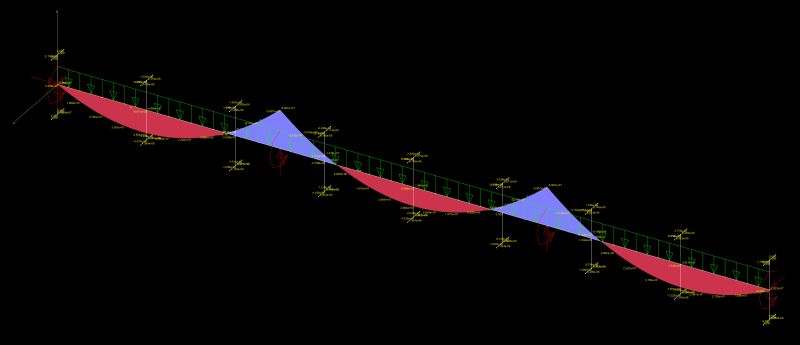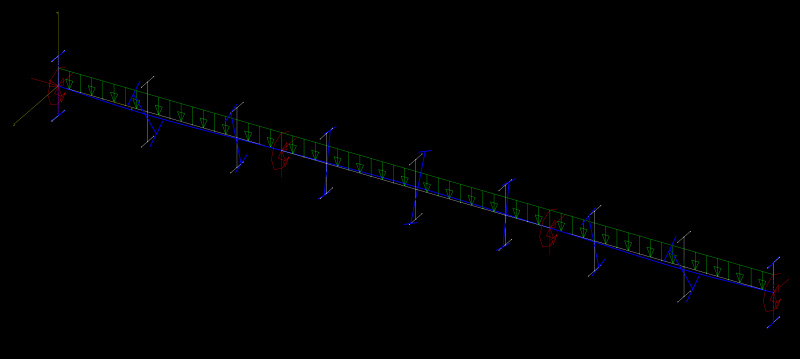Working with Aussies is
the best. With the time zone difference, I to get start each day with a new batch of ideas to ponder. It's like Christmas every day. I gotta get myself copies of the other Aussie material standards.
Human909 said:
It doesn't. There are plenty of short cuts being undertaken by 4100 in this respect I think we can both agree on this. The next question are these shortcuts conservative or what situations are they not conservative.
1) That's the thing. For this particular issue, it would be unconservative 100% of the time by some degree. And that's why I find it a strange choice of presentation. One could have very easily said something like this and been all the way good:
The load height factor shall apply to all segments extending out from the load until an F or P restraint is encountered.
2) With respect to "shortcuts", it actually appears to me that AS4100 is a likely more sophisticated, and accurate methodology than most of the others out there. It's just a matter of whether that extra sophistication is worth the cost which, inevitably, greater difficulty in specification and interpretation.
Human said:
Again complete agreement here. But that is not the approach of the code.
How do you
know that it's the approach of the code? This is quite different from previous discussions where I was attempting interpretations that would alternatives to the obvious, literal interpretations. In this instance, however, it's almost the reverse. I would argue that my interpretation
is the literal one and the one that is most linguistically accurate. It all comes down to the pesky "that section" bit shown below. The only wiggle room is whether or not the statement should read as:
1) Remove the restraint from that section assuming that all of the other restraints were there first and remain in place or;
2) Remove the restraint from that section assuming that all other restraints should be removed as well.
AS4100 said:
5.5.1.1 The critical flange at any cross section is the flange which, in the absence of any restraint at that section, would deflect the further during buckling.
If it is meant to be #2, why not just say "...the flange which, in the absence of any restraint applied within the segment, would deflect the further during buckling."
The reason that I keep harping on this is because I feel that this might be a candidate for resolving Tomfh's issue regarding the difference between the compression flange and the flange that moves the most. Just imagine the difference this would make to that
if my interpretation were correct here? That said, as I've stated previously, I fully acknowledge that my being wrong about this is the most probable explanation.
If anybody could supply me with a published example suggesting that I am indeed wrong about this, I beg them to please do so. That way I could rule this out as a possibility and move on to more fruitful parts of the discussion.
Human909 said:
AS4100 is far from theoretically coherant as far as LTB goes.
I don't agree, at least not yet. As I said above, I suspect that AS4100 is likely the more advanced method theoretically. It's just much harder to understand which is, of course, unsurprising if it is in fact the more advance method. I'd give a thumb to be able to see a comprehensive derivation of the AS4100 method at this point. I feel as though I have that level of understanding with the North American provisions but most definitely do not have it with AS4100.
Human909 said:
If we want this thread to continue to be constructive I think we look for examples where AS4100 falls over for LTB. Because so far I haven't seen any issues apart from theoretical issues
We already have such examples:
1) Celt83's check resulted in an LTB capacity of only 50% of the plastic moment!
2) If AS4100 were run with what I would consider to be a reasonable effective length, it wouldn't reach the plastic moment either.
FEM isn't the be all and end all of this. It is very much about our interpretations of LTB methods and discrepancies in the results of those methods. Moreover, I think that you're FEM model needs to be changed in a very important way in order to be consistent with the codified LTB procedure. Yes, I get that there is often weak axis restraint to the beams ends in practice. But putting those as 100% fixed is going to neuter any comparison to the code procedures, particularly the AISC ones that give no explicit consideration to that.

